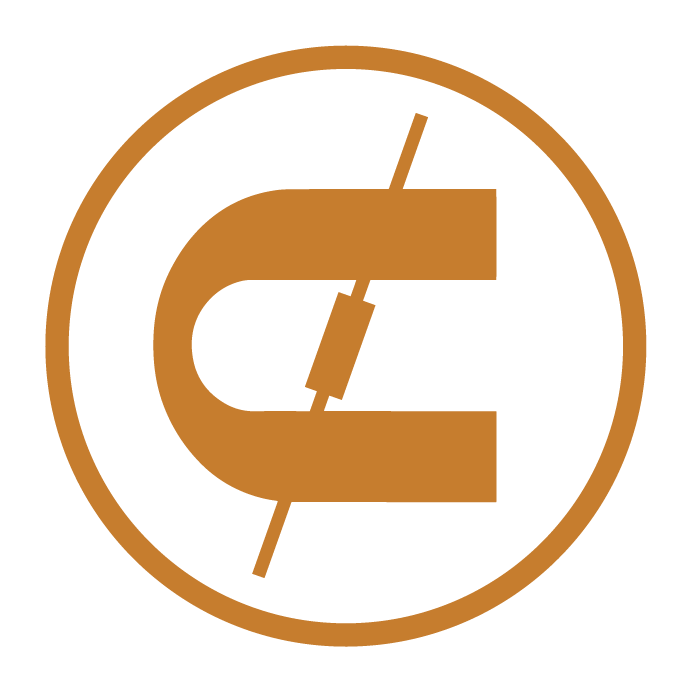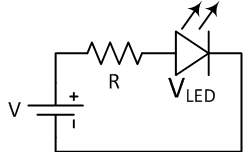mkstewartesq
Well-known member
I know this forum is mainly for smart people to teach stuff, and not necessarily dumb people like me to ask questions but I wasn’t sure which other forum would be better for this.
Obviously I work a lot with PCBs and, of late, more stripboard builds. But stripboards really come with their own set of hassles and heartaches. Finding a verified circuit, making all the cuts and links, sawing between the tracks to eliminate shorts, assembly, offboard wiring, installing tons of sockets if you want to try different values – and then you find out that a layout that was “verified” really wasn’t verified after all – you see people popping up in the comments section identifying issues with the layout and suggesting fixes years later – or, worse, you go through all of that and find out you really didn’t like the sound of the pedal all that much in the first place and probably wouldn’t have built it.
So I was thinking to myself “is there any way I can figure out how to build a stripboard where I could just replace components at will, or tear it down and start over if I didn’t like it” – but I couldn’t really figure out how to deal with the issue of cuts. Then ole Brainiac here thought: “A breadboard. You’re trying to invent a breadboard.”
So I’ve been watching videos learning the basics of breadboarding. I’ve got tons of components and wire. Learning to read schematics is a work in progress and I’m sure there will be a lot of trial and error but I think I at least have the barest basics of it to start trialing and erroring.
Unfortunately, I placed my largest order ever with Tayda just before I realized I wanted to get into bread boarding, so I’m not gonna pay them $15 in shipping to ship eight dollars of breadboard supplies – so I’ll need to go to the Amazon route or similar. My questions for all you fine people are:
1. First Breadboard: Given that I’m here in this community, obviously my focus is going to be on breadboarding pedals. I’m less into the simple fuzzes and more into things like modulation and delays. While I’m not planning to dive into building an Electric Mistress, Memory Man or UniVibe right off the bat, what is a good size of bread board that you recommend for someone just starting out that will also give me room to grow as I start tackling more complex schematics?
2. Other Stuff: What other day-one supplies would you recommend I pick up beyond just the breadboard? As noted, I already have tons of solid core wire and pretty much every component you would need to build a pedal except the actual PCB (pots, jacks, switches, all of the fun stuff that electricity runs through). I’m assuming I would need some alligator clips and things like that but I’m not sure what else I might not be thinking of.
Any and all thoughts and comments are appreciated.
Best,
Mike
Obviously I work a lot with PCBs and, of late, more stripboard builds. But stripboards really come with their own set of hassles and heartaches. Finding a verified circuit, making all the cuts and links, sawing between the tracks to eliminate shorts, assembly, offboard wiring, installing tons of sockets if you want to try different values – and then you find out that a layout that was “verified” really wasn’t verified after all – you see people popping up in the comments section identifying issues with the layout and suggesting fixes years later – or, worse, you go through all of that and find out you really didn’t like the sound of the pedal all that much in the first place and probably wouldn’t have built it.
So I was thinking to myself “is there any way I can figure out how to build a stripboard where I could just replace components at will, or tear it down and start over if I didn’t like it” – but I couldn’t really figure out how to deal with the issue of cuts. Then ole Brainiac here thought: “A breadboard. You’re trying to invent a breadboard.”
So I’ve been watching videos learning the basics of breadboarding. I’ve got tons of components and wire. Learning to read schematics is a work in progress and I’m sure there will be a lot of trial and error but I think I at least have the barest basics of it to start trialing and erroring.
Unfortunately, I placed my largest order ever with Tayda just before I realized I wanted to get into bread boarding, so I’m not gonna pay them $15 in shipping to ship eight dollars of breadboard supplies – so I’ll need to go to the Amazon route or similar. My questions for all you fine people are:
1. First Breadboard: Given that I’m here in this community, obviously my focus is going to be on breadboarding pedals. I’m less into the simple fuzzes and more into things like modulation and delays. While I’m not planning to dive into building an Electric Mistress, Memory Man or UniVibe right off the bat, what is a good size of bread board that you recommend for someone just starting out that will also give me room to grow as I start tackling more complex schematics?
2. Other Stuff: What other day-one supplies would you recommend I pick up beyond just the breadboard? As noted, I already have tons of solid core wire and pretty much every component you would need to build a pedal except the actual PCB (pots, jacks, switches, all of the fun stuff that electricity runs through). I’m assuming I would need some alligator clips and things like that but I’m not sure what else I might not be thinking of.
Any and all thoughts and comments are appreciated.
Best,
Mike






